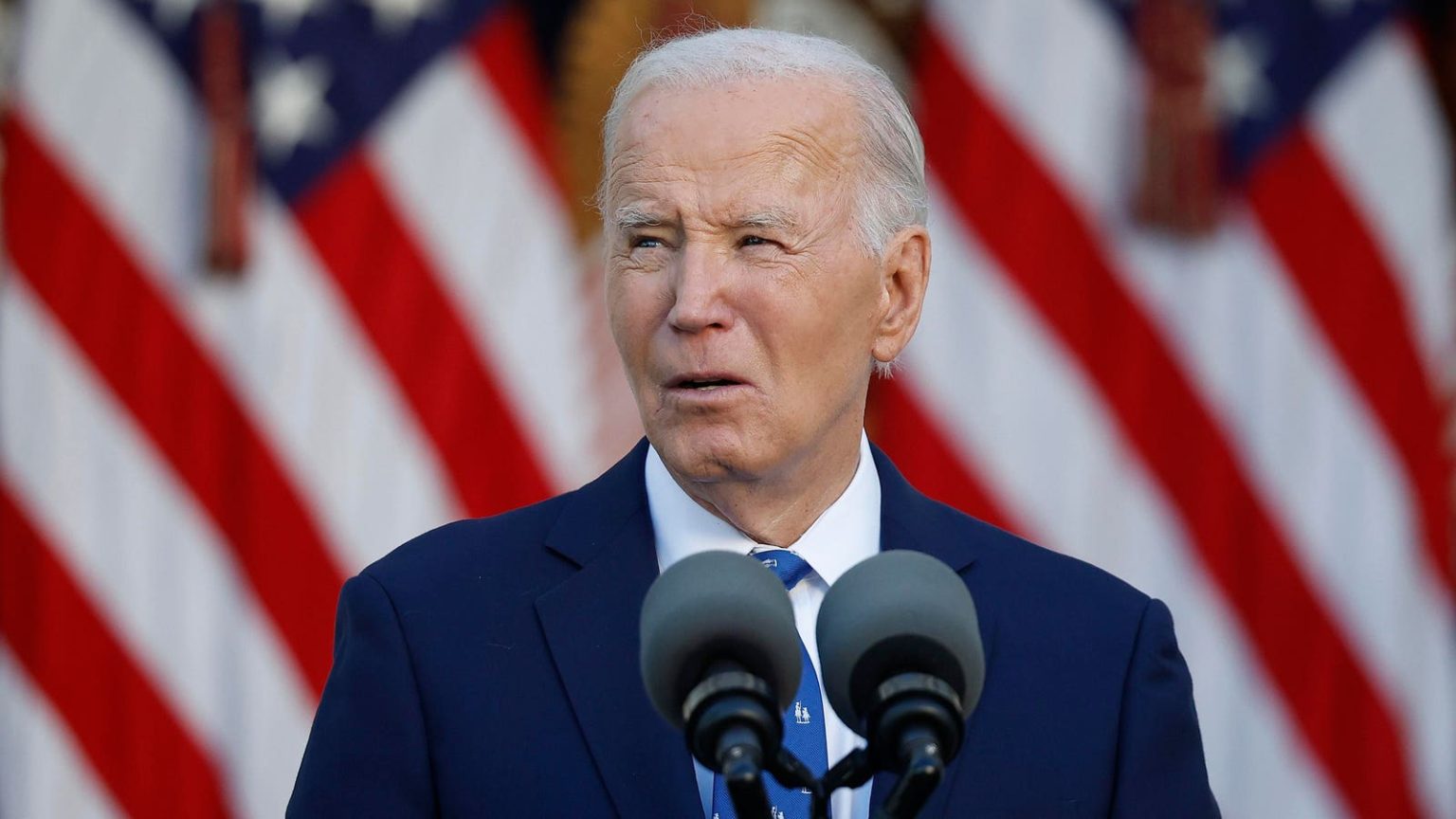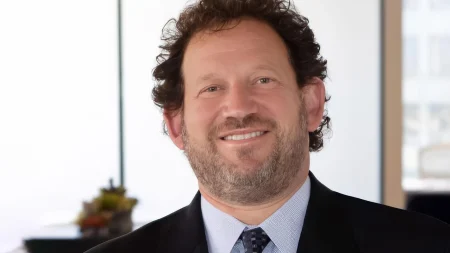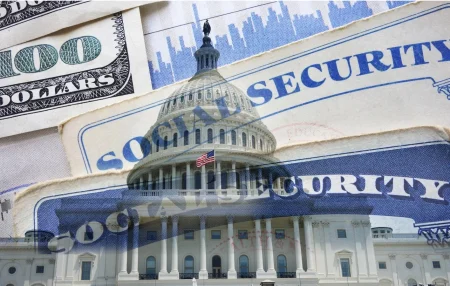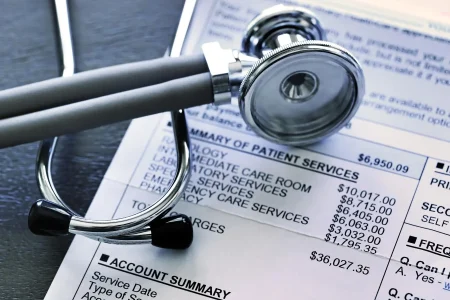Biden’s Hardship Student Loan Forgiveness Plan Faces Uncertain Future Under Impending Trump Administration
The Biden administration’s ambitious initiative to provide sweeping student loan forgiveness based on individual hardship has reached a critical juncture. After a 30-day public comment period that concluded this week, the Department of Education is now poised to review the feedback and potentially finalize the program’s regulations. However, with Donald Trump’s return to the White House looming in January, the program’s future hangs precariously in the balance, with increasing speculation that it may never see the light of day.
The proposed hardship student loan forgiveness plan offers two distinct pathways to relief for borrowers grappling with personal and financial struggles. The first involves automatic forgiveness for borrowers identified by the Department of Education as being at high risk of default, utilizing readily available data. The second pathway allows borrowers to proactively apply for relief, with decisions made on a case-by-case basis. The draft regulations outline over a dozen factors that could signal a borrower’s hardship, encompassing personal circumstances like age and disability status, financial indicators such as income, assets, and debt load, and educational factors including degree completion and Pell Grant eligibility.
The public comment period elicited a sharply polarized response, reflecting the deep divisions surrounding student loan forgiveness. A coalition of over 200 organizations, including labor unions, civil rights groups, and student loan borrower advocates, voiced strong support for the initiative, hailing it as a crucial step in addressing the student debt crisis and providing much-needed relief to struggling borrowers. They emphasized the potential of the program to alleviate financial hardship and bring order to a chaotic student loan system.
Conversely, conservative groups and lawmakers expressed vehement opposition, raising concerns about the legality and feasibility of the program. The New Civil Liberties Alliance questioned the Department of Education’s statutory authority to implement the rule and argued that it would violate the Constitution’s Appropriations Clause by depleting public funds without Congressional approval. Rep. Virginia Foxx (R-NC) criticized the ambiguity surrounding the definition of "hardship" and expressed skepticism about the proposed use of a data model and subjective assessments to determine eligibility for forgiveness, predicting legal challenges similar to those faced by other Biden administration student loan forgiveness initiatives.
The timeline for finalizing and implementing the hardship-based student loan forgiveness program extends into 2025, leaving it vulnerable to the incoming Trump administration’s policy agenda. While the Trump transition team has remained silent on specific plans for the program, reports suggest a broader effort to dismantle several of President Biden’s student loan forgiveness initiatives, including those currently entangled in legal battles. This raises the possibility that the hardship program, still in its formative stages, could be quietly shelved before it even takes effect.
While legal challenges were anticipated, the Trump administration’s potential approach of simply not implementing the program presents a significant obstacle. This preemptive action would bypass the need for protracted legal battles and effectively nullify the initiative, leaving millions of struggling borrowers without the anticipated relief. The fate of the hardship-based student loan forgiveness program now hangs in the balance, subject to the political calculus of the incoming administration and the uncertain landscape of student loan policy in the coming years. This uncertainty adds another layer of complexity to the already challenging situation faced by borrowers burdened with student loan debt.















